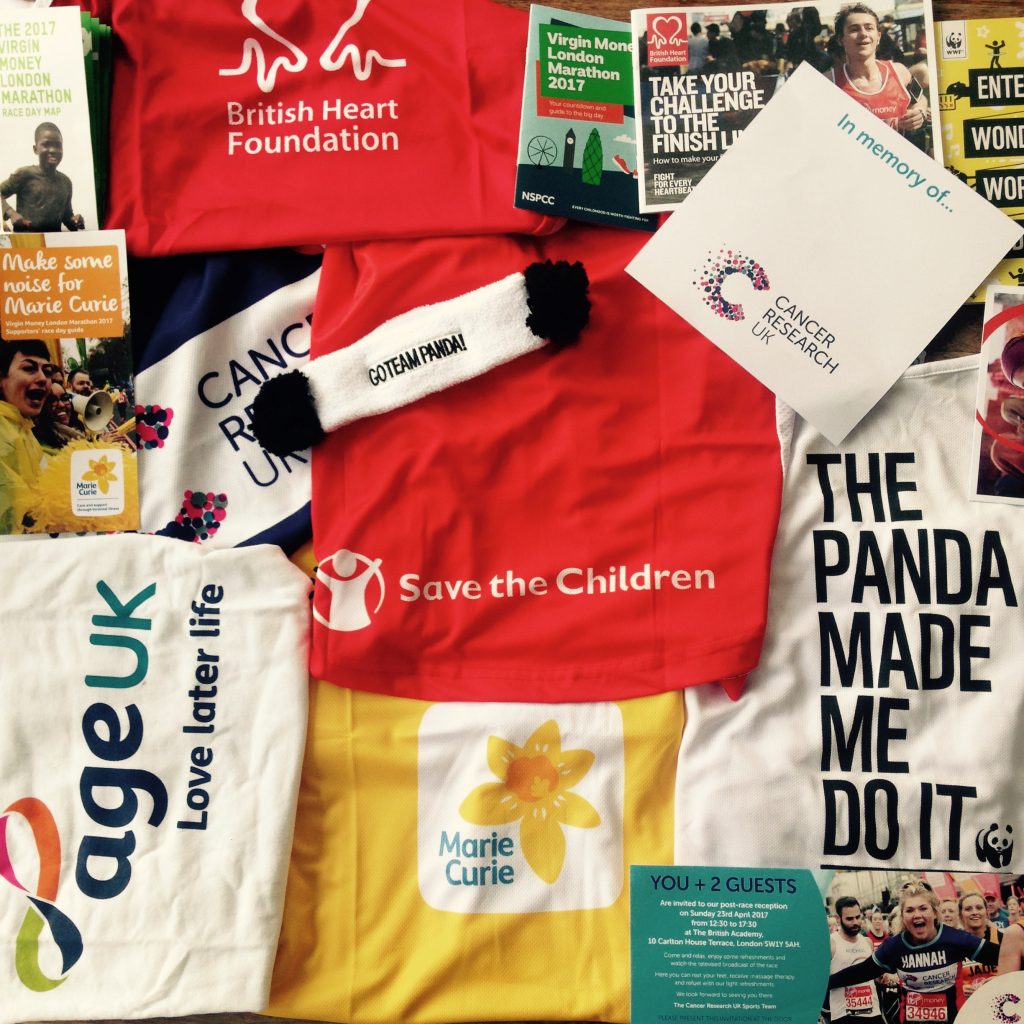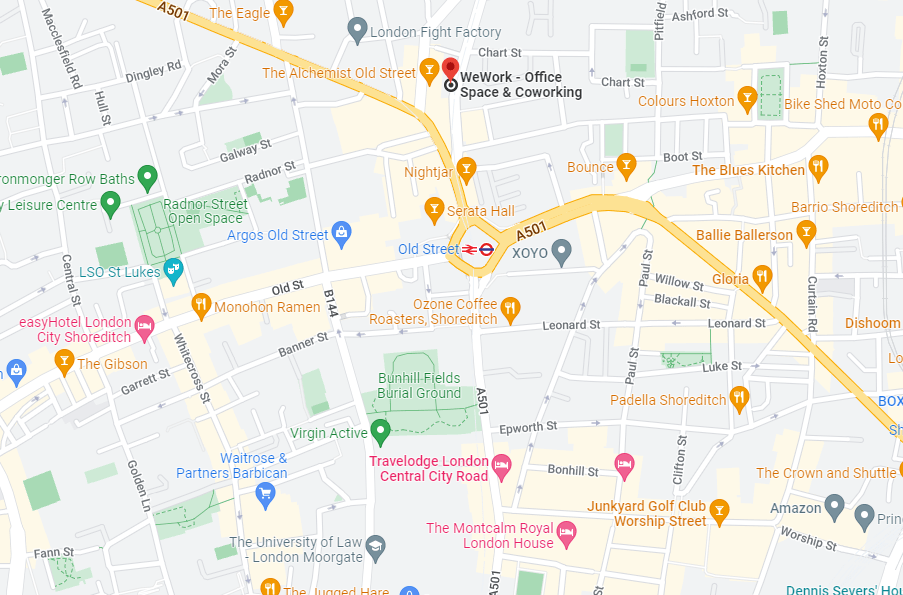Claire in the team looks at…why some charity’s fundraisers raise more than others at sports events?
Last year we undertook research into fundraising at the UK’s biggest and most successful mass participation sports events. Our Report, The Sports Fundraising Snapshot, drew on data from over 20 million individual event participants to highlight that the events market continues to grow. Driven to a large extent by a 9% growth in average fundraising value from participants.
This is clearly good news for sports events and mass participation fundraising, however we observed some significant differences in fundraising values between the charities at the higher end of values and those at the bottom.
As more charities look to invest in their sports fundraising portfolios, we wanted to understand why some charities can command average values up to 40% higher than others and what drives this?
Cause and event type are clearly a factor in determining value, but we believe just as we are seeing in other areas of fundraising, well-crafted supporter journeys can also have a huge impact.
Earlier this year, we signed up to run the London Marathon with our own place, with 20 different charities. The results were interesting. From handwritten cards, to a charity who didn’t even acknowledge our support, there were many similarities but also huge variances in quality of the support offered.
After analysing the comms journeys for each charity we have identified 6 key learnings. Crucially we found that it’s not necessarily about huge investment. Executing simple journeys that engage and inspire supporters appear to be a major factor in driving fundraising value and building loyalty:
Keep it slick
The sign up processes varied quite significantly from charity to charity. “Clicks to pack” in some cases was as low as two and others higher than six, and that’s before being handed off to set up fundraising pages with other providers.
Multiple log-ins for both registration providers and fundraising platforms felt clumsy and resulted in multiple emails that were confusing. Having to repeat information felt laborious and we know results in increased drop outs.
Whilst we’re not saying that every charity needs to invest in their own system, those that signposted the emails that would be received and set our expectations made our time feel more valued and eased the process for us.
Set expectations
For the supporter and for you. We were surprised to see that only 50% of the charities asked for a sponsorship pledge or set a relevant fundraising target. There is plenty of evidence to support the positive effect of targets on fundraising, so it does strike us as strange that charities don’t nudge people to this behaviour. Whilst you don’t want to turn people off running for you by setting unrealistic expectations, asking fundraisers to pledge upfront to raise sponsorship employs behavioural economics theory to normalise giving – plus it helps you budget!
Make me feel important
The one single favourite item we were sent? A simple handwritten card. It came in the fundraising pack at the beginning of the journey and not as a thank you at the end, so it was completely unexpected. It is exactly this kind of positive feedback loop that makes people’s efforts feel valued and result in greater commitment to fundraising efforts.
At one end of the scale, one charity offered only a downloadable pack and collected no data. This felt like they didn’t value our offer of support. At the other end of the scale, 5 charities made telephone calls to us.
In a world where there is a downward trend for making calls – more than three quarters of all adults in the UK own smartphones, but 25% don’t use them to make calls. It felt great to receive calls from the charities we were supporting, there was the offer of fundraising support and the human contact with the charity reinforced the expectation and understanding of the need to fundraise.
In light of the recent backlash against charity marketing, there’s a chance that participants may view this level of contact as pressure. So charities needs to find the balance between the personal touch of a call and hassling a participant – but in our case all of the charities got this right.
Give a reason
With own place participants, the motivation to support the cause is naturally strong. Nevertheless, providing opportunity to re-emphasise your message will be a positive reinforcement of the participant’s reason to support. Only about 50% of our sign up journeys featured cause related messaging and one charity in particular didn’t contact us at all following registration, which made us reconsider whether we would support.
Some built cause related messaging into the journey better than others. We liked being sent case study videos and key statistics that we could share with friends and family. A particular shout out goes to charities who highlighted the impact of our running time on their work – equating the average London Marathon finishing time to the number of beneficiaries who could be helped. This really gave us something to focus on both for fundraising and during the event.
Show you understand
Whilst many charities said they understood our commitment in offering support, those that went above and beyond were the ones that made us feel special.
Training advice was well received, as were fundraising tips. One particular email we loved was simply executed but made us feel understood. A reference to the tapering we’d be doing in the week before brought a smile – it felt like the team really understood us and the challenge we were undertaking.
Make me feel part of something
Many charities have begun to position their sports fundraising as “Team X” – and it really works. It feels great to understand that you’re part of something bigger than just your individual contribution and there is plenty of opportunity to build on this. Some charities pointed us towards Facebook groups where we could connect with other runners and some offered opportunities to meet up; either in advance with personal training days and pizza or pasta parties, or with post event massages and meet ups.
Whilst post event activities are a great way to feel that your efforts are appreciated, with up to 95% of fundraising taking place before the event, the pre-event activities are far more likely to have a positive effect on driving value.
Whilst there is no one ideal for any supporter journey, our research suggests that getting it right can influence value. Put yourself in your participant’s shoes – taking part in an event can be a significant commitment. Participants needs to feel valued, understood and supported. They need to feel connected to your cause and the impact their fundraising will have. Making changes does not need to be costly; some of the simplest touches we received were the most compelling.
We urge you to test and learn – try different approaches and evaluate their success and over time. There is no magic bullet, we are in the realms of incremental gains but taking care of your participants will increase value short term and build longer term loyalty, support and value.
If you want to hear more about what we learnt, start increasing the value of your fundraisers or are interested in being involved in our annual benchmarking survey The Sports Fundraising Monitor, please drop us a line hello@wearemassive.co.uk





